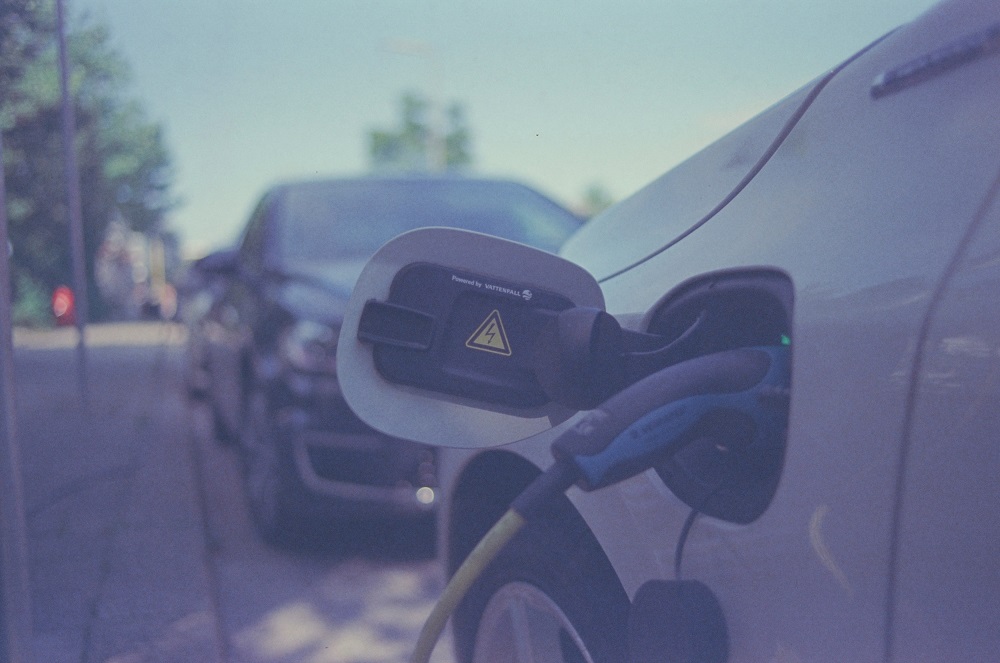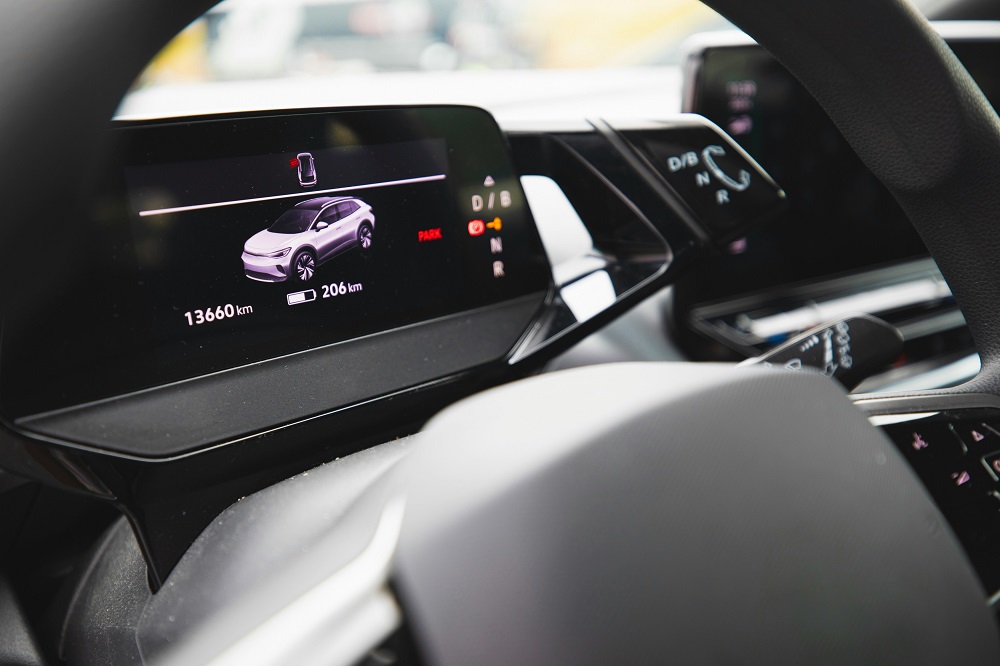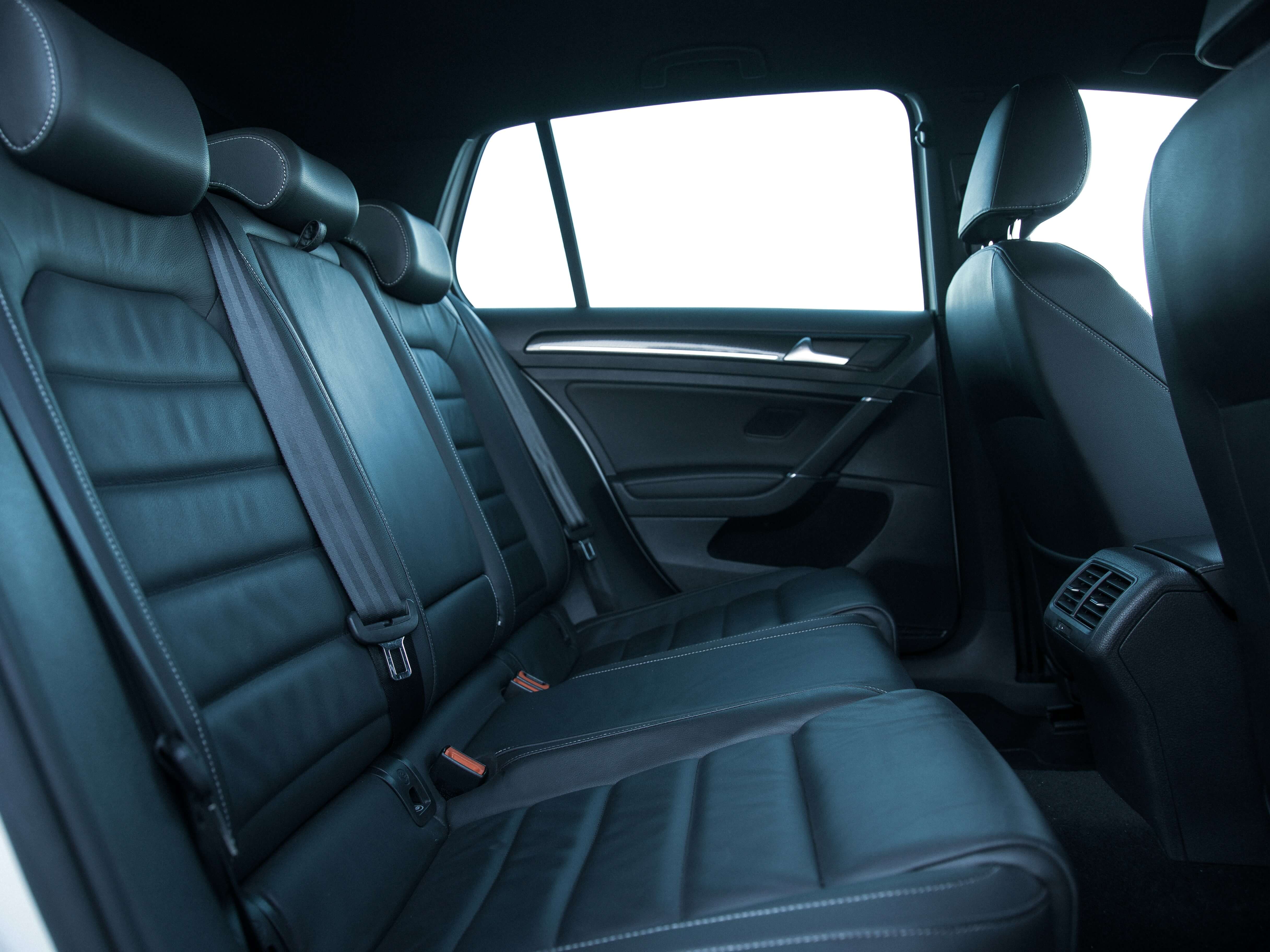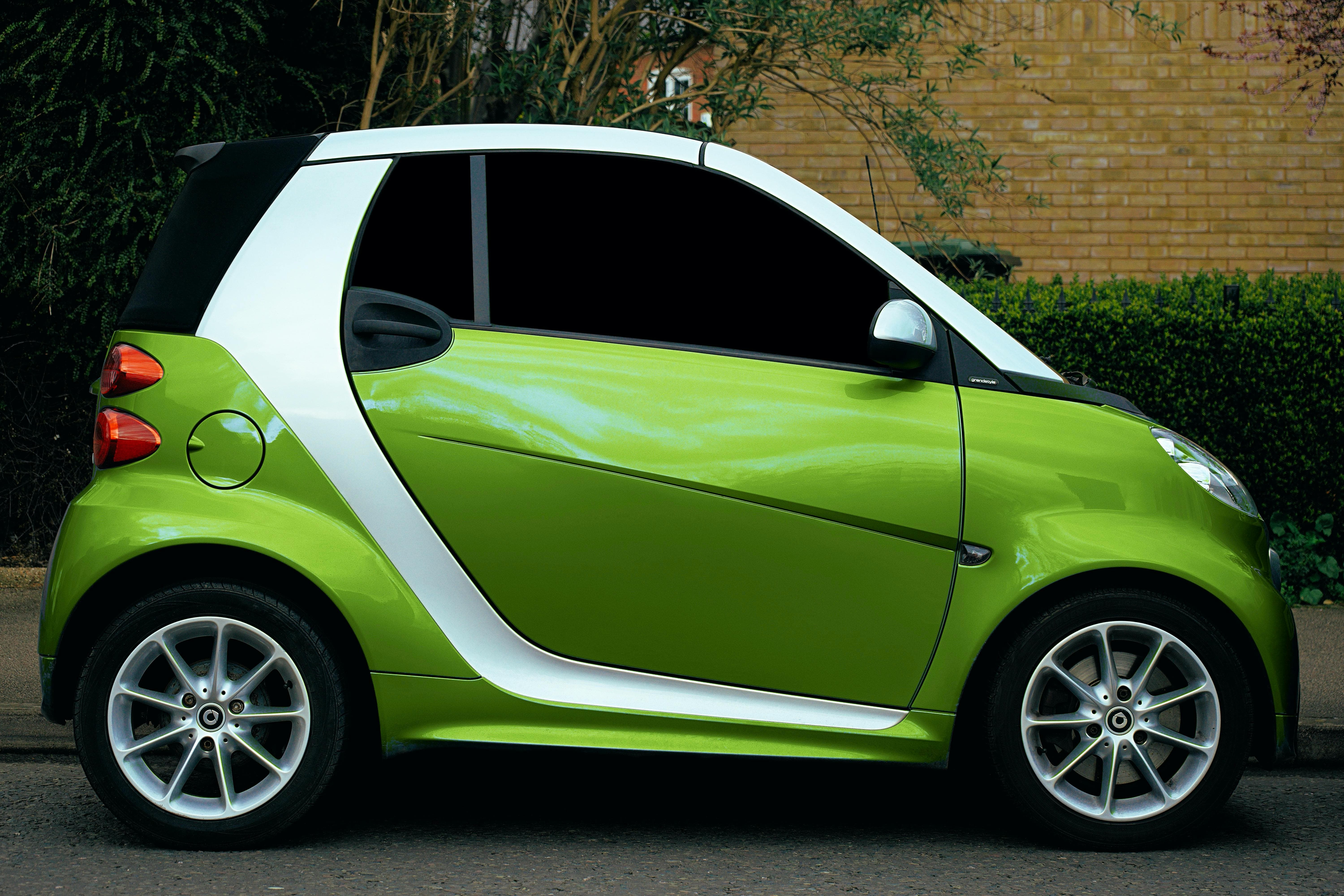What is a green car? Everything you need to know

Summary
- 1. Defining a clean car: what makes it green?
- 2. Why driving clean matters
- 3. Electric cars: clean and quiet
- 4. Hybrids: a practical step toward sustainability
- 5. Clean cars and city access: skip the traffic stress
- 6. Understanding the cost: are clean cars more expensive?
- 7. Who are clean cars for?
- 8. Clean car technology: what’s under the hood?
- 9. Planning your clean car journey with Europcar
- 10. In summary
What began as a trend has turned into a necessity, with environmental consciousness making way for a newer version of traveling. More and more people are increasingly opting for alternatives to the traditional gasoline and diesel-powered cars—not just in an effort to conserve carbon emissions, but rather to make the commute smoother, quieter, and more cost-effective. Enter the clean car.
But what does a clean car mean, anyway? Is it a purely electric car? Are hybrids okay? The pros, myths, and realities of green motoring – no matter what your reason for wanting to make your commute, road trip, or one-off rental more environmentally friendly, this handbook will analyze all there is.
Defining a clean car: what makes it green?
A clean vehicle, by definition, is a car that produces significantly lower harmful emissions than a normal petrol or diesel-powered engine car. Its emissions are carbon dioxide (CO₂), nitrogen oxides (NOx), and particulate matter—that all have been shown to cause climate change as well as air pollution in urban areas.
Clean cars fall mainly into the following categories:
- All-electric vehicles: Powered by a battery and produce no tailpipe emissions.
- Plug-in hybrids (PHEVs): They possess an electric motor and a gas engine, as well as a battery. They can be run short distances on electricity alone.
- Hybrid Electric Vehicles (HEVs): They use a blend of electricity and fuel but are not plugged in—the battery charges through regenerative braking.
- Hydrogen-powered vehicle fuel cells: Emit only water vapor and operate using a chemical reaction between hydrogen and oxygen..
In its broad definition, any vehicle intended to lower its environmental impact by having low emissions, high energy efficiency, or utilizing renewable energy may qualify as a clean car.
Why driving clean matters
The transport industry emits around 25% of global CO₂. Changing over to clean vehicles, whether owned or rented, goes a significant way in reducing our carbon footprint. Going green isn’t just for the earth, though—it pays dividends in the real world for drivers as well:
- Lower fuel and maintenance costs
- Access to low-emission zones in urban areas
- Tax incentives and free or discounted tolls in some countries
- A quieter and more relaxed driving experience
Clean cars also play a significant role in improving urban air quality, particularly in densely populated cities like Paris, Barcelona, or Milan, where air pollution can reach dangerous levels on high-traffic days.
This shift towards greener vehicles also reflects government policy in Europe. France, Germany, and Britain are all working towards ending new petrol and diesel car sales by 2035. Urban areas are also hastening this process by encouraging EV charging infrastructure and banning dirty vehicles in urban areas.
Electric cars: clean and quiet
The face of the clean vehicle movement, electric vehicles (EVs) are gaining popularity all over Europe and elsewhere. Renault Zoe, Peugeot e-208, and Fiat 500e are becoming familiar sights in city streets nowadays.
They run solely on electricity stored in batteries, charged in a dedicated station or from home. Since they lack an exhaust pipe, when operated, they put out zero direct emissions. The electric motor also provides instant torque, so EVs are very responsive in stop-and-go city centre situations and very smooth to drive overall.
Charging infrastructure has come a long way. It’s common nowadays in many European nations to see a fast charger every 50 kilometers on high-speed roads. Apps provide real-time location of chargers, and a large number of hotels and shopping malls provide charging services to guests and mall visitors alike.
Moreover, modern EVs also provide features like remote climate control, adaptive cruise assist, and intelligent driving analytics, adding to a convenient and comfortable journey.
Hybrids: a practical step toward sustainability
For those who are not yet prepared to make a complete transition to electric, hybrid and plug-in hybrid cars provide a transition between conventional and clean motoring. They seamlessly switch between electricity and gasoline as needed, optimizing performance yet not sacrificing range.
Hybrids in cities travel on electricity under low-speed conditions, decreasing fuel consumption and noise. On highways, it reverts to engine usage, maintaining prolonged travel without needing a stop to charge. Plug-in hybrids (PHEVs) are charged using a common plug and are well suited for short trips or day excursions under 50 kilometers.
Hybrids are also well suited to rental—specifically with Europcar’s flexible rental terms, where drivers can select by distance, location, and usage purpose.
Discover Europcar’s hybrid and electric vehicle hire solutions to find out which model is suited to your trip.
Good to know - You don’t need a home charger to drive electric
A popular myth is that it’s necessary to possess a charging station in order to own an electric vehicle. The reality, however, is that countless travelers lease EVs short-term and take advantage of public charging sites, hotel charging outlets, or roadside fast chargers. Finding and using them has become as easy as using apps like PlugShare and ChargeMap.
If you are planning on taking an EV on a road trip, pre-book your charging stops and select a route with available fast charging. Don’t forget, charging stops are also an excellent reason to stop in a local town or get a coffee!

Clean cars and city access: skip the traffic stress
One of the least recognized benefits of clean cars is access. Today, many large cities run low-emission zones (LEZ) or even zero-emission zones. Only clean or ultra-low-emission vehicles are permitted into city centers in cities such as London, Paris, or Rome, especially in peak periods of the day.
Drivers of electric and hybrid vehicles can usually benefit from:
- Free or reduced parking
- Waived congestion charges
- Priority access to certain areas
- Reserved parking spaces with chargers
If you’re planning a city break or a business trip to a major urban area, renting a clean car with Europcar can make your visit smoother, more flexible, and environmentally responsible.
Understanding the cost: are clean cars more expensive?
While the purchase price of a clean car—especially EVs—can be higher than traditional cars, the total cost of ownership is often lower. Here’s why:
- Electricity is cheaper than gasoline or diesel
- Fewer moving parts mean lower maintenance
- Many countries offer tax credits or grants
- Rental prices are increasingly competitive
For instance, a city weekend rental of a small-sized electric vehicle may cost less than a gas-powered vehicle if you consider parking rebates and gas savings. On top of this, you’ll also get to benefit from a new, quiet, and technologically advanced vehicle.
Cleaner vehicles also continue to hold their resale worth as demand increases and governments impose more regulations on emissions.
Who are clean cars for?
Clean cars are usually thought to be only for environmentalists or people who are into technology. Today’s eco-friendly cars, however, are designed and created for all:
- Urban dwellers who want to avoid emissions restrictions
- Road trippers looking to reduce fuel costs and CO₂ impact
- Professionals driving into low-emission cities for meetings
- Families seeking efficient and safe travel
- Tourists who want to explore without noise and pollution
No matter if you’re traveling with family, friends, or by yourself, Europcar has clean vehicle choices designed to suit your requirements—complete with SUV rentals if more room is needed without compromising on sustainability.
Clean car technology: what’s under the hood?
They are not only greener—they’re smarter too. From regenerative braking to artificial intelligence-based energy management systems, modern clean vehicles are designed with features to maximize each kilometer. For example:
- Regenerative braking harnesses energy generally wasted when braking and transfers it to batteries instead.
- Eco-modes modify performance parameters in order to improve energy efficiency.
- Connected services provide energy-saving routes or charging station routes planning..
With increasingly integrated autonomous features, many clean vehicles also come with advanced driver-assistance systems (ADAS) that enhance safety and intuitiveness when driving.
Good to know - Weather can impact clean car performance
Temperature fluctuations, particularly cold temperatures, impact the range and performance of electric vehicles. Batteries in EVs take longer to charge in cold weather and provide fewer miles on a full charge in winter conditions. Trip planning with extra time added to your trip, pre-conditioning features to pre-warm the interior when charging, and having knowledge of where to find faster chargers when traveling will keep you prepared and more comfortable, regardless of season.
Planning your clean car journey with Europcar
Whether you’re considering a clean car for a city weekend, a scenic coastal route, or a long-term lease, our car rental options have you covered. With locations throughout major European cities and airports, and a growing fleet of electric, hybrid, and environmentally friendly vehicles, you can travel responsibly—and still travel in comfort and style.
Clean vehicle hire accessible and convenient, from Paris to Lisbon, Amsterdam to Barcelona, Europcar offers.
Want more room? Choose a hybrid SUV. Local only? Select a compact EV great for urban roads. Long distance? A plug-in hybrid is built for a long trip.
In summary
A clean vehicle isn’t just a car—it’s a means of traveling responsibly, efficiently, and with peace of mind. Whether an EV, hybrid, or some other low-emission vehicle, you’re doing your part for cleaner air, smarter energy consumption, and a greener environment.
And with Europcar’s wide range of clean car rental options, embracing the green revolution has never been easier.
Next time you take to the road, take it clean—with confidence, with comfort, with a conscience.


